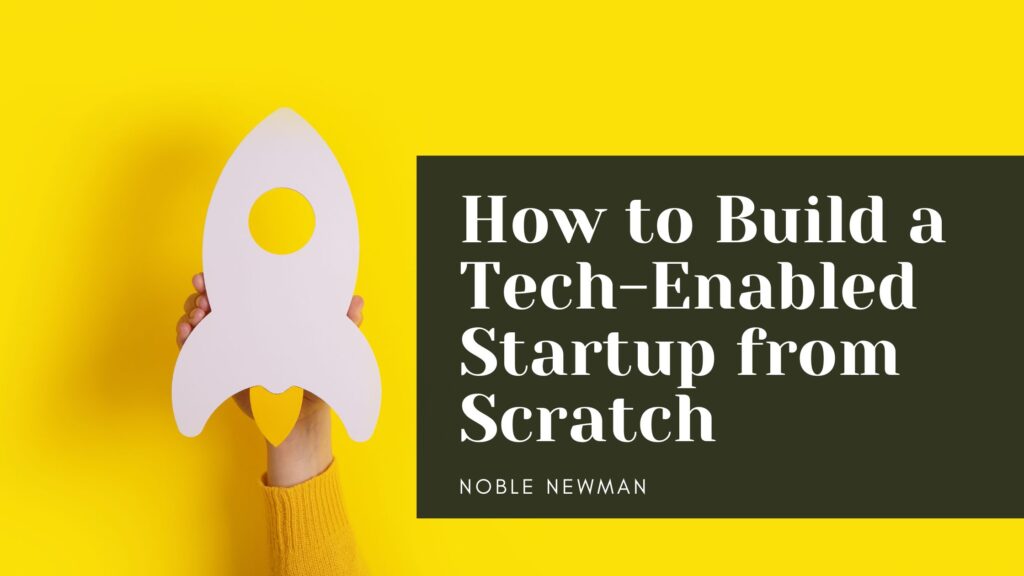Starting a tech-enabled startup from scratch can be exciting and rewarding, but it also comes with its fair share of challenges. From conceptualizing your idea to securing funding and launching your product or service, there are several key steps to follow.
Here’s a comprehensive guide on how to build a tech-enabled startup from the ground up:
Idea Generation and Validation:
Begin with a unique and compelling tech-focused idea. Ensure there is a market need for your product or service by conducting thorough market research and validation.
Business Plan and Strategy:
Create a detailed business plan outlining your startup’s mission, vision, goals, and strategies. Define your target audience, analyze your competition, and outline your revenue model. A well-thought-out plan will guide your startup’s growth and help you secure funding.
Funding and Finance:
Determine how you’ll finance your startup. Options include bootstrapping (using personal savings), seeking angel investors or venture capital, crowdfunding, or applying for grants and loans. Develop a financial plan and budget to track expenses and revenue.
Technical Infrastructure:
Set up the necessary technical infrastructure, including servers, databases, and hosting platforms. Choose scalable solutions that can accommodate your growth.
User Experience (UX) Design:
Invest in a user-friendly and aesthetically pleasing design for your product or platform. Effective UX design can significantly impact user adoption and retention.
Testing and Quality Assurance:
Thoroughly test your product to identify and fix any bugs or issues. Consider beta testing with a select group of users to gather feedback and make improvements.
Customer Acquisition:
Focus on acquiring your first customers. Offer promotions or incentives to early adopters to generate interest and build a user base.
Scaling:
As your startup gains traction, scale your operations accordingly. Hire additional team members, expand your customer base, and optimize your product or service for increased usage.
Customer Support:
Offer responsive customer support to promptly address user inquiries, issues, and feedback. Building a positive reputation for customer service can lead to loyal customers and word-of-mouth referrals.
Metrics and Analytics:
Implement analytics tools to track key performance indicators (KPIs) and gather insights into user behavior. Use data to make informed decisions and refine your strategies.
Continuous Innovation:
Stay updated with the latest technology trends and market developments. Continuously innovate and adapt to meet changing user needs and industry demands.
Legal and Financial Compliance:
As your startup grows, ensure ongoing compliance with tax regulations, employment laws, and financial reporting requirements.
Exit Strategy:
Consider your long-term goals for the startup, whether scaling and maintaining control or preparing for a potential exit through acquisition or an initial public offering (IPO).
Community Engagement:
Engage with your user community through social media, forums, and feedback channels. Foster a sense of belonging and loyalty among your users.
Building a tech-enabled startup from scratch is a journey that requires careful planning, dedication, and continuous learning. Remember that every startup is unique, so adapt these guidelines to your specific industry and goals as you embark on your entrepreneurial journey.
